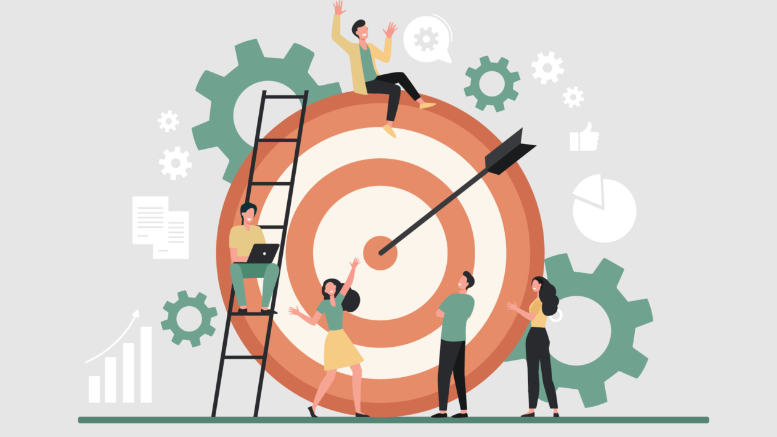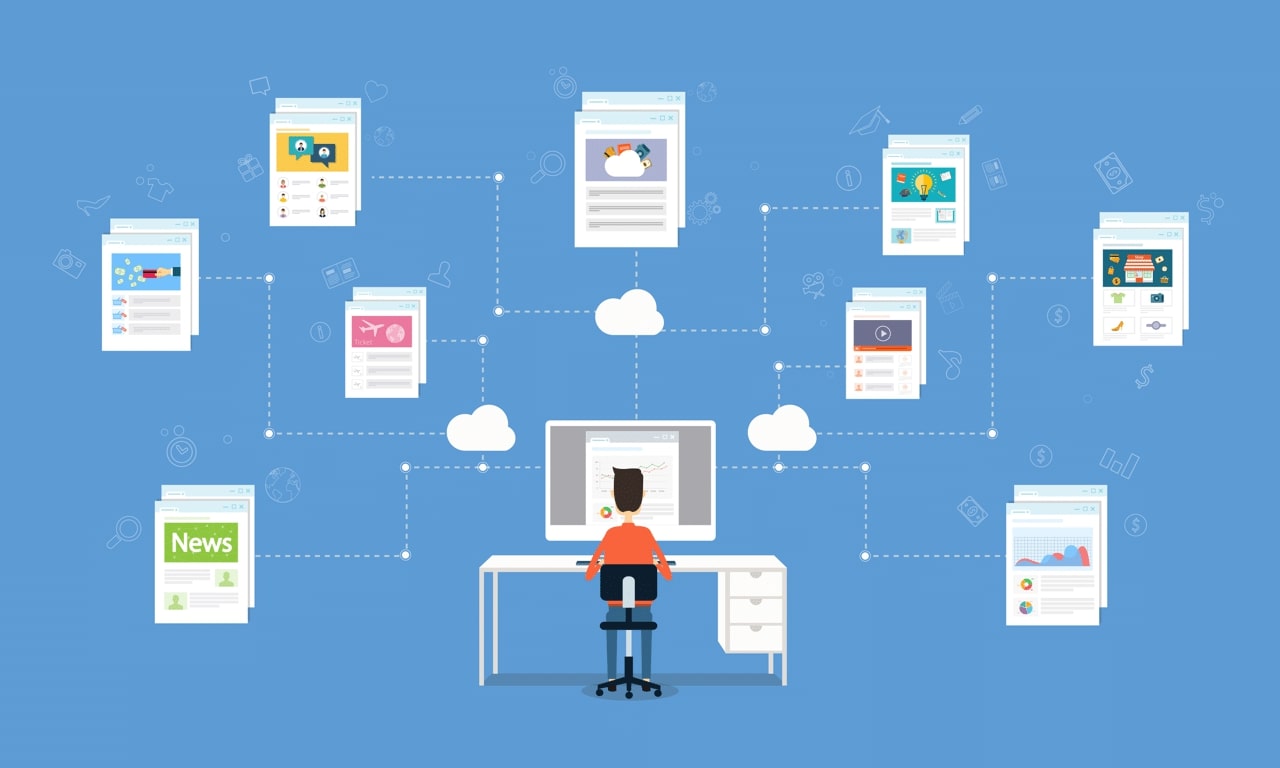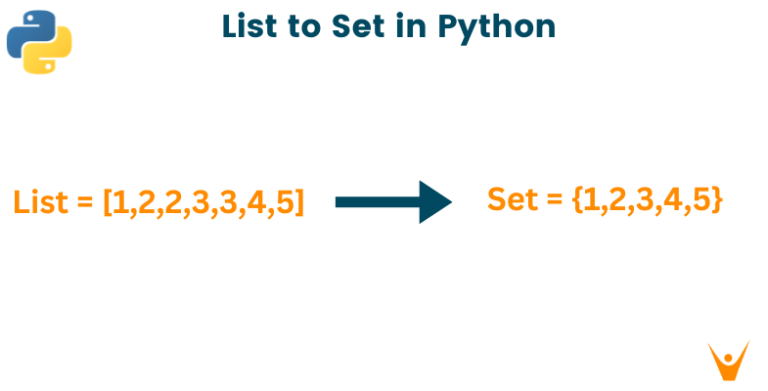ECOMMERCE MARKETING AUTOMATION STRATEGIES: Top Best Practices and Tools
Ecommerce marketing automation is a powerful way to streamline, optimize, and elevate your online sales. But what are ecommerce marketing automation strategies, and how can you use them effectively? In this article, we will share the top best practices and tools for ecommerce marketing automation strategies, and show you how they can help you grow your business and improve your customer satisfaction.
Introduction
Ecommerce marketing automation is the process of using software to automate and personalize your marketing and sales activities for your online store. Ecommerce marketing automation can help you:
- Save time and resources by reducing manual and repetitive tasks
- Increase efficiency and effectiveness by delivering the right message to the right person at the right time
- Enhance customer relationships and sales by providing consistent and relevant communication, service, and offers
However, ecommerce marketing automation also comes with some challenges, such as:
- Choosing the right software that suits your needs and budget
- Setting up the workflows and campaigns that match your goals and audience
- Measuring and optimizing the performance and ROI of your ecommerce marketing automation
To help you overcome these challenges and use ecommerce marketing automation successfully, we will provide you with the best practices and tools for ecommerce marketing automation strategies in the following sections.
Ecommerce Marketing Automation Strategies: What They Are and Why You Need Them
Ecommerce marketing automation strategies are the specific ways that you can use ecommerce marketing automation to achieve your online sales goals. There are many ecommerce marketing automation strategies that you can use, depending on your business model, product, and audience. Some examples of ecommerce marketing automation strategies are:
Behavioral triggers:
Customers or potential buyers do things like looking around, clicking, putting items in a cart, buying, and more on your site or in emails. You can use these actions to automatically send messages or deals tailored to them. For instance, if someone leaves without buying, you could send an email about their abandoned cart. Or if they buy something, you might suggest other items they’d enjoy.
Personalization:
This means customizing your marketing and sales messages for your customers or potential customers using their information like name, where they are, gender, age, and what they’ve bought before. Personalization makes them feel important and can boost sales. For instance, sending a birthday email with a discount or suggesting products they might like based on their interests.
Retargeting campaigns:
These campaigns help bring back people who visited your website or got your emails but didn’t do what you wanted, like buying or subscribing. You can use them to remind these visitors about your brand and products, and encourage them to finish what they started. For instance, you might show ads on social media or search engines to remind website visitors about your products, or send follow-up emails to subscribers who haven’t opened or clicked your emails.
Loyalty programs:
You give your customers rewards like points, discounts, and free stuff for sticking with you and buying again. Loyalty programs help keep customers coming back and make them feel valued. They also motivate customers to tell others about your brand. For instance, you can send emails to loyal customers about their rewards or give them bonuses for getting friends to sign up.
Social media scheduling:
Social media scheduling is when you plan and set up your posts beforehand, using special tools to help. These tools can handle tasks automatically and improve how you appear on social media. It’s handy for saving time and making the most of your resources. It helps you reach more people and get them engaged on platforms like Facebook, Instagram, and Twitter. With scheduling tools, you can decide when and how often to post, and even track and improve your social media performance.

Email sequence optimization:
This is how you test and make your email sequences better. Email sequences are the set of emails you send to your customers or potential customers, like when they first join, to keep in touch, or to encourage them to buy. You can make your emails better by testing things like subject lines, content, and design. This can help more people open your emails, click on links, and buy your products.
Chatbot conversations:
You talk to customers or potential customers using special software. This software acts like a human and responds to them. It uses artificial intelligence and language processing. Chatbots help with customer service all day, every day. They also help with sales by talking to people on your website, email, or social media. They can answer questions about your products, gather info like names and emails, and more.
Inventory management alerts:
You send alerts to your customers or potential buyers using software tools that keep track of your stock and availability. These alerts help prevent running out of stock or having too much, which keeps customers happy and loyal. For instance, you can use alerts to tell customers when a product is out of stock, running low, back in stock, or on sale.
Ecommerce Marketing Automation Best Practices: How to Do It Right
Ecommerce marketing automation can be a game-changer for your online store, but only if you use it correctly. To help you use ecommerce marketing automation effectively, here are some of the best practices that you should follow:
Map your lead flow
Before you begin using ecommerce marketing automation, you should plan out how your customers go from strangers to loyal buyers. Know your target audience well: their problems, aims, actions, and where they are in the buying process. Set clear goals, figure out how you’ll measure success, and then design strategies that fit what your customers want and what your business aims to achieve.
Simplify marketing analysis and lead scoring
Ecommerce marketing automation helps simplify analyzing your marketing data and scoring leads based on their actions. But, it’s important not to make this process too complicated, as it can confuse things. Focus on key data like website visits and conversions to make your automation more effective.
Build a clear buyer journey map
Ecommerce marketing automation has another advantage: it helps you make a clear path for customers. This path shows how people go from not knowing about your brand to becoming loyal buyers. It also includes all the times they interact with your brand and products. But, it’s important not to make this path too complicated or unclear. If it’s confusing, your marketing automation won’t work well. So, make sure your path is easy to understand and matches what your customers want. This way, you can create automation strategies that are right for your business and give customers a good experience.
Track your performance metrics
Ecommerce marketing automation has a good side: it helps you see how well your strategies are doing. But, just keeping an eye on things isn’t enough. You must also study and improve them. Checking regularly and comparing to your goals is important. You should tweak your strategies based on what you find. This way, your marketing automation can work better and make you more money.
Integrate your marketing automation system with CRM
Ecommerce marketing automation has a good side – it can link your marketing system with CRM, the software for handling customer relationships and data. But, be careful not to connect them without syncing data. If you do, your automation might not work well and things could get confusing. Make sure to sync and share data like contacts, leads, and campaigns between both systems. This way, you’ll have a clear view of customers and their interactions with your brand.
Focus on email marketing and reputation
Ecommerce marketing automation has a benefit: it lets you focus on email marketing and reputation. Email marketing means creating and sending emails to customers or prospects, while reputation involves building and maintaining your brand and product image. But, you should follow email marketing best practices and guidelines to avoid making your automation less effective and even harmful. These include using clear subject lines, having compelling calls to action, personalizing emails, improving email design and content, and enhancing deliverability and open rates. Additionally, it’s important to maintain a good email reputation by avoiding spamming, adhering to email laws, seeking permission and feedback, and providing value. Doing these things will improve the effectiveness and trustworthiness of your ecommerce marketing automation.
Ecommerce Marketing Automation Tools: What to Use and How to Choose
Ecommerce marketing automation tools are software that helps with your online store’s marketing tasks. There are lots of these tools out there, each with its own features and costs. But not all are the same, so pick the ones that match what you need and can work together with your other tools. Here’s a guide to choosing the right ecommerce marketing automation tools for you:
Email marketing automation tools:
These are the tools that can help you create and send automated and personalized emails to your customers or prospects, based on their behavior and profile. Email marketing automation tools can help you with email sequence optimization, lead nurturing, retargeting, loyalty programs, etc. Some examples of email marketing automation tools are HubSpot, Mailchimp, ActiveCampaign, etc.
Landing page builders:
These are the tools that can help you create and optimize landing pages, where you can capture your leads’ information and offer them something valuable, such as a free ebook, a webinar, a trial, etc. Landing page builders can help you with lead generation, conversion, and retargeting. Some examples of landing page builders are Unbounce, Leadpages, Instapage, etc.
Form builders:
These are the tools that can help you create and embed forms on your landing pages, website, or social media, where you can collect your leads’ information and preferences, such as name, email, industry, etc. Form builders can help you with lead generation, segmentation, and personalization. Some examples of form builders are Typeform, JotForm, Formstack, etc.
Lead scoring tools:
These are the tools that can help you assign scores to your leads based on their behavior and profile, such as website visits, email clicks, downloads, etc. Lead scoring tools can help you with lead qualification, prioritization, and nurturing. Some examples of lead scoring tools are HubSpot, Salesforce, Zoho, etc.
Lead nurturing tools:
These are the tools that can help you create and execute lead nurturing campaigns, where you can send automated and personalized emails to your leads, based on their behavior and profile, to educate them and move them along the funnel. Lead nurturing tools can help you with lead conversion, retention, and loyalty. Some examples of lead nurturing tools are HubSpot, Mailchimp, ActiveCampaign, etc.
Retargeting tools:
These are the tools that can help you run retargeting campaigns, where you can show your products or offers to your customers or prospects who have visited your website or email, but have not taken the desired action, such as buying, subscribing, etc. Retargeting tools can help you with lead re-engagement, conversion, and loyalty. Some examples of retargeting tools are Google Ads, Facebook Ads, AdRoll, etc.
Loyalty program tools:
These are the tools that can help you offer loyalty programs to your customers, where you can reward them for their loyalty and repeat purchases, such as points, discounts, freebies, etc. Loyalty program tools can help you with customer retention, lifetime value, and referrals. Some examples of loyalty program tools are Smile.io, Loyalty Lion, Referral Candy, etc.
Social media scheduling tools:
These are the tools that can help you plan and schedule your social media posts in advance, and automate and optimize your social media presence. Social media scheduling tools can help you with social media marketing, engagement, and reputation. Some examples of social media scheduling tools are Buffer, Hootsuite, Sprout Social, etc.
Chatbot tools:
These are the tools that can help you create and use chatbots, which are software tools that can simulate human-like responses and interactions, based on artificial intelligence and natural language processing. Chatbot tools can help you with customer service, support, and lead generation. Some examples of chatbot tools are ManyChat, Chatfuel, Drift, etc.
Inventory management tools:
These are the tools that can help you track and manage your inventory levels and availability, based on your sales and orders. Inventory management tools can help you with inventory management, alerts, and optimization. Some examples of inventory management tools are Shopify, WooCommerce, BigCommerce, etc.
Conclusion
Ecommerce marketing automation is a powerful way to streamline, optimize, and elevate your online sales. But you need to use it correctly and effectively, and follow some best practices and guidelines. You also need to use the right tools and software, and choose them wisely and carefully, based on your goals, needs, budget, and compatibility.
If you’re thinking about using ecommerce marketing automation for your business and need assistance, reach out to OnextDigital. We specialize in implementing ecommerce marketing automation services. We can help you select, connect, and use the right tools and software. Plus, we’ll assist in crafting and running effective strategies, and improving your results. With our experience and skills, we can help you make the most of ecommerce marketing automation and boost your business. Contact us today for ther information.







